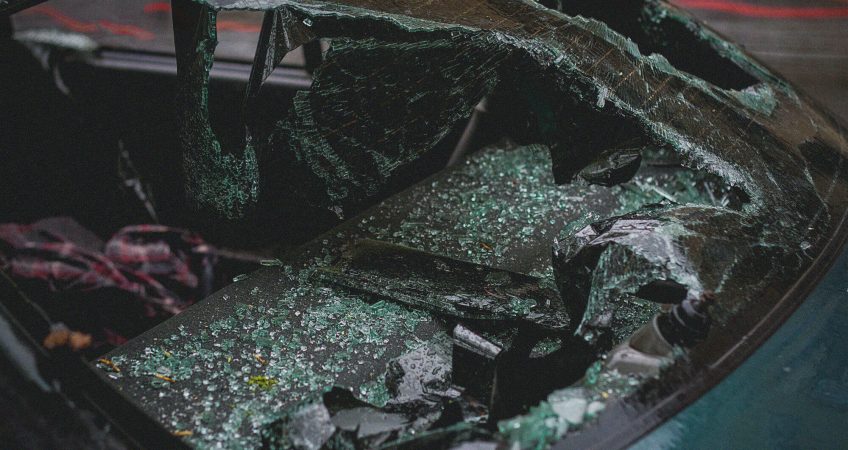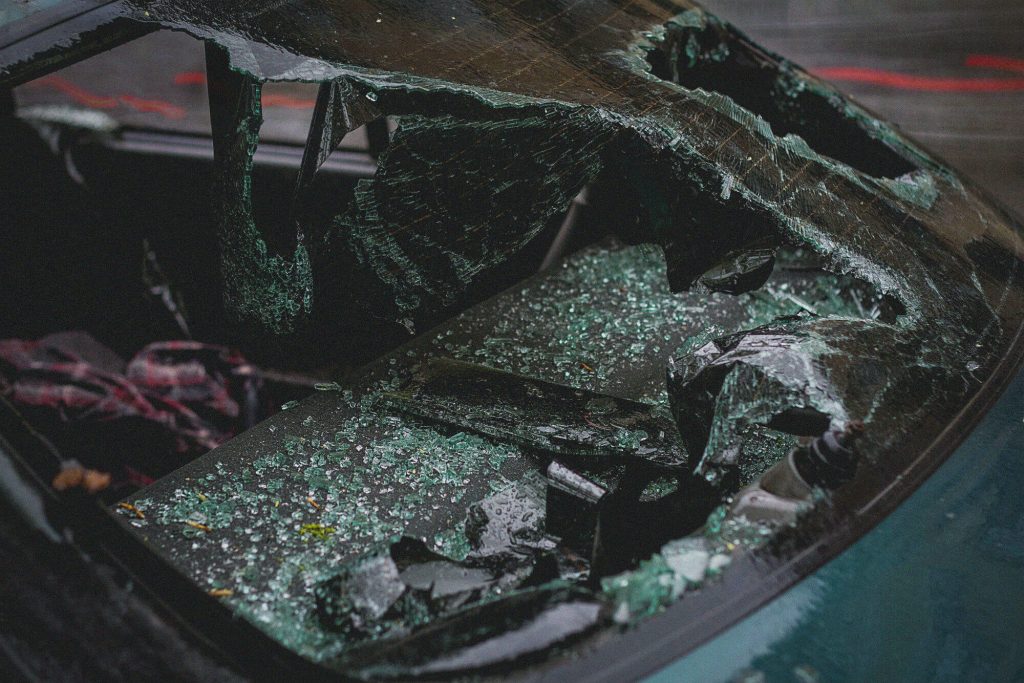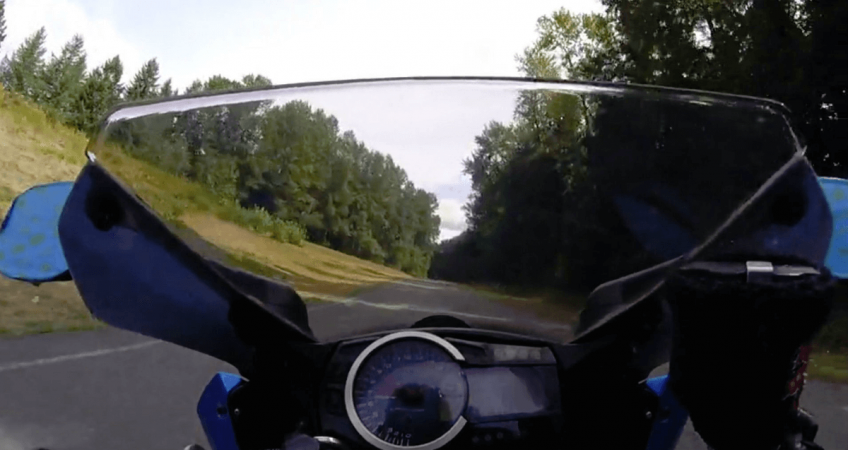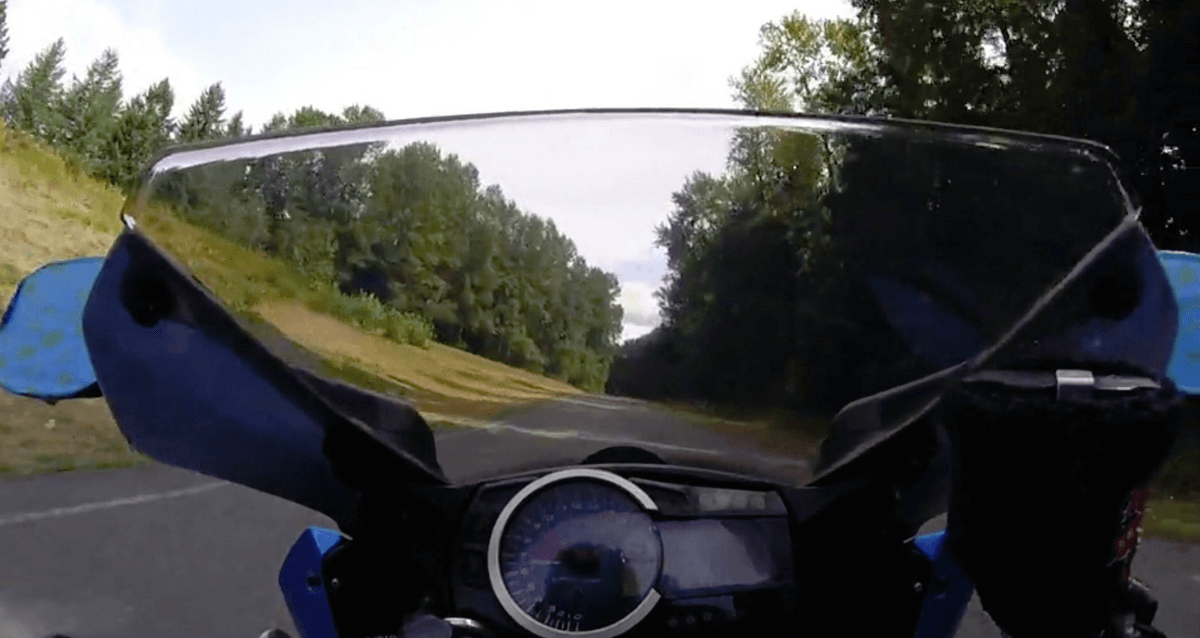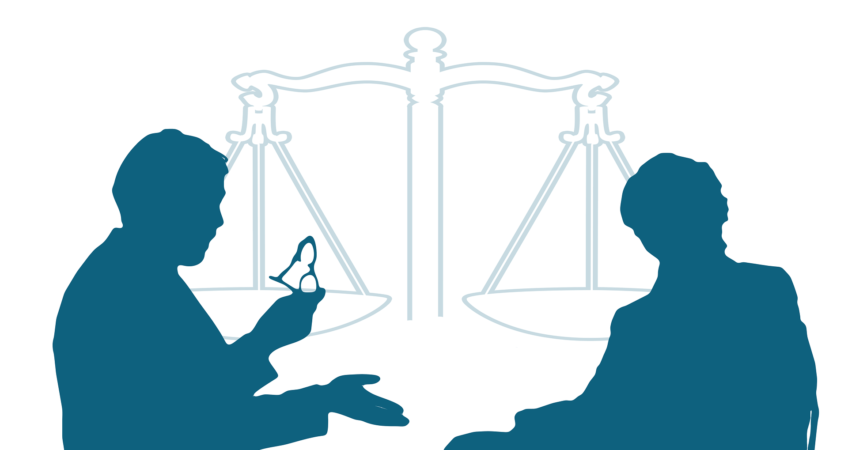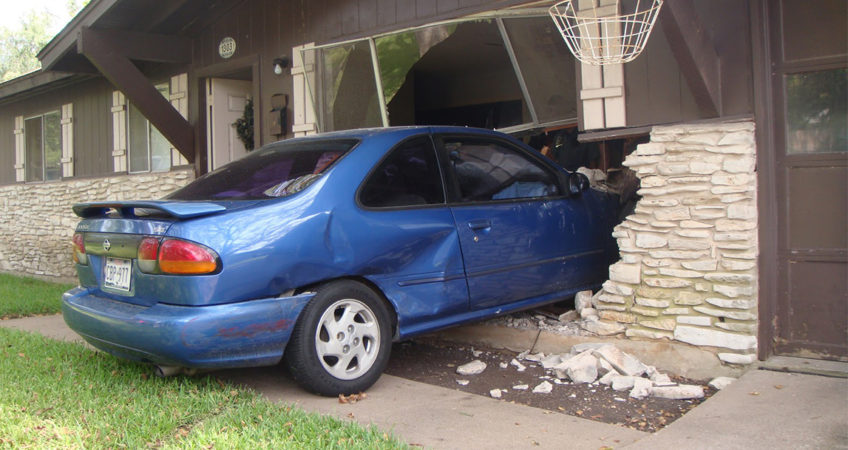I was recently asked to explain why I ride. Usually, the unstated part of this question has to do with the dangers associated with riding. I have crashed – both on the street and at the racetrack – and clearly, these were not great experiences. The sound of a bike that you have lovingly cared for being destroyed as it slides across the pavement is truly awful. The injury and pain – thankfully mine have been “relatively” minor- following a crash is even worse. However, the person was genuinely curious, and it provoked some self-analysis.
I have always been fascinated with motorcycles. Growing up, I always envied my friends who had minibikes. I was pretty accident prone back then – the emergency room staff knew my parents by name – and looking back, it was probably a good idea to limit my travel options to the human-powered variety. The interest, however, never left. In college, I used to walk past a new 1986 Honda VFR750F Interceptor parked at my dorm every day. This bike checked so many boxes. It was beautify and looked like it was going 100 miles per hour just sitting on the side stand.

I drooled over that bike, but as a struggling college athlete – I played football at Western Illinois University – riding was again, out of the question. Years passed and Tawan and I were busy raising two incredible kids and pursing our respective careers. Through our daughter’s AAU basketball team, we met other parents who rode. They would show up riding their Harley Davidsons and one day we got to talking. I was a world of questions and before we knew it, we were at a dealership looking at motorcycles. Because I have always been a racing fan, I was particularly interested in sport bikes.
My first motorcycle was a 2008 Ducati Monster. When I completed the basic rider course and obtained my endorsement, I assumed I would ride recreationally and only on nice summer days. I was so very wrong about this. In short order, I quickly discovered that there were many parallels between riding and my other passions, football and litigation. As with those activities, when you master one technique, you discover several others you need to master. It is literally a never-ending journey, but one that offers so many rewards.
In short order, I got bit by the riding bug bad. Very bad. I found myself riding every day, year-round no matter what the weather. I’ve ridden in the desert heat, pouring rain, and though certainly not planned, in snow. I regularly ride to depositions and court hearings. While on my old Ducati, I discovered the benefits of good weatherproof gear. I still remember the look of horror in the receptionist’s eyes as I stood before her soaking wet while a steadily increasing puddle of water spread out at me feet. Even this wasn’t enough to deter me. Like so many other experiences, it was a lesson that I needed to learn before I could move on to the next level.
Given my love of racing, I suppose it was natural that I found myself at the racetrack. I attended my first track school in 2009 and was amazed at how much there was to learn and how much technique was involved. A lot of new riders think that if they can drive a car, they can ride a motorcycle. This is a dangerous assumption. Exploring your limits on a motorcycle – unless you’re destined for sponsorship and a professional racing – is a lot closer to flying than it is driving.
Before my first track day, I assumed that track riders where intense, hyper-competitive, take no prisoners folks. What I found was a group of incredibly friendly, laid back people who are passionate about riding. I was immediately hooked.
I’ve completed more track days in the years since than I can remember. I have also had a lot of excellent coaching along the way. I’ve become an annual student at Keith Code’s California Superbike School. If you ride and want to get better, I can’t recommend this school enough. At this year’s school, Keith debriefed me after each track session. If your unfamiliar with Keith’s resume, this is a bit like having Phil Jackson and Michael Jordan teach you to play basketball.
Ever so often, I have “football dreams” and “trial dreams”. They’re pretty intense and occasionally I wake up in mid-flight across the bed diving to make an interception or sitting ready to make my closing argument. Now, I also have “riding dreams” where my setup for a given turn – usually either turn two at Pacific Raceways or turns 1-6 at the Ridge Motorsports Complex – is perfect. I put the bike on its side as I follow the perfect line through a technical corner. In reality, when you get it right, your sense of time slows dramatically. You see things before they happen and have complete confidence in your ability to put the bike anywhere you want it. That feeling is identical to the “zone” I experienced playing football and trying cases before juries. It’s pure bliss and once you find it, you never want to let it go. I’ve spent a lot of time searching for the “zone”. It isn’t something that just happens though. It takes a lot of hard work, years of practice, attention to minute detail, and a total commitment to always improving your skillset.
I still have much to learn and there are so many men and women out there whose skill sets are vastly superior. That doesn’t bother me in the slightest. I’m having an absolute blast learning and passing on my knowledge to others. I get to do this in the courtroom, discussing motorcycle-related legislation with our state representatives, and most recently I’ve found the opportunity to pass on my riding knowledge teaching the basic riding course with the Evergreen Safety Foundation. The old saying, “if you do what you love, you’ll never have to work a day in your life” may be a bit cliché, but it is also so very true.
Keep the rubber side down, and if you find yourself with legal issues – especially if they relate to motorcycles – give us a call!


